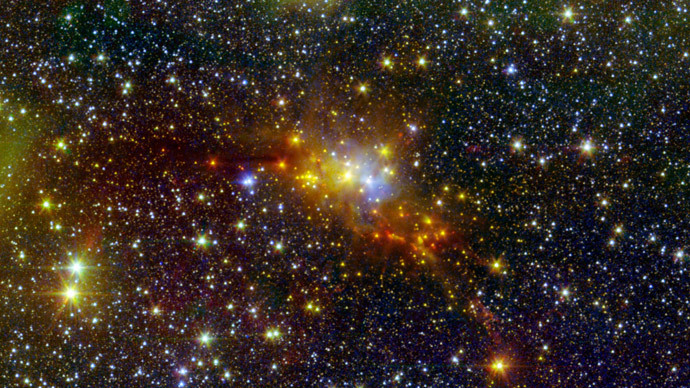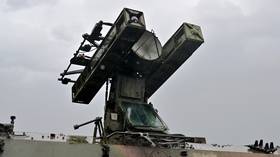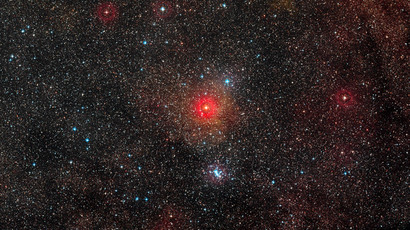Ancient exoplanet found in sun’s neighborhood, could sustain water

Two new planets have been discovered in the galactic halo, orbiting the very old Kapteyn’s star in what is known as a “habitable zone”, meaning they are the right distance from the star to support liquid water and potentially life as we know it.
The ancient star, just 13 light years from Earth, was initially discovered at the end of the 19th century by the Dutch astronomer Jacobus Kapteyn. The red dwarf is the second fastest moving star in the sky and belongs to the galactic halo, an extended cloud of stars orbiting our galaxy. It can actually be seen with an amateur telescope in the southern constellation of Pictor.
An international team of researchers coming from London’s Queen Mary University and the University of California, Santa Cruz (UCSC) have been collecting data on Kapteyn’s star for over a decade at the Keck Observatory.
In the most recent study, they measured tiny periodic changes in the motion of Kapteyn’s star, which are caused by the gravitational tug of the orbiting planets. Scientist can then work out some of the properties of these planets such as their mass and orbital periods.
“We were surprised to find planets orbiting Kapteyn’s star. Previous data showed some moderate excess of variability, so we were looking for very short period planets when the new signals showed up loud and clear,” says lead author Dr Guillem Anglada-Escude, QMUL’s School of Physics and Astronomy.
“Finding a stable planetary system with a potentially habitable planet orbiting one of the very nearest stars in the sky is mind blowing,” says US co-author Dr Pamela Arriagada, from the Carnegie Institution.
“This is one more piece of evidence that nearly all stars have planets, and that potentially habitable planets in our galaxy are as common as grains of sand on a beach.”
The planets were given traditional names of Kapteyn b and Kapteyn c.
For the time being only a few properties about them are known, such as their approximate masses, distances to the star and orbital periods.
But using new instruments currently under construction, scientists will be able to measure the planet’s atmospheres and may be able to detect the presence of water.
The two planets are estimated to be 11.5 billion years old, which is 2.5 billion years older than earth and only two billion years younger than the universe itself.
Kapetyn c is far bigger than earth and its year lasts 121 days. However, astronomers think it’s too cold to support liquid water.
Kapetyn b is the most likely to support water; its mass is five times bigger than Earth’s and takes 48 days to orbit its star.
As scientists believe the star itself was born in a dwarf galaxy that eventually got absorbed and destroyed by our own Milky Way galaxy, the life it could host might have come from a very deep space.
“It does make you wonder what kind of life could have evolved on those planets over such a long time,” Anglada-Escude said.













